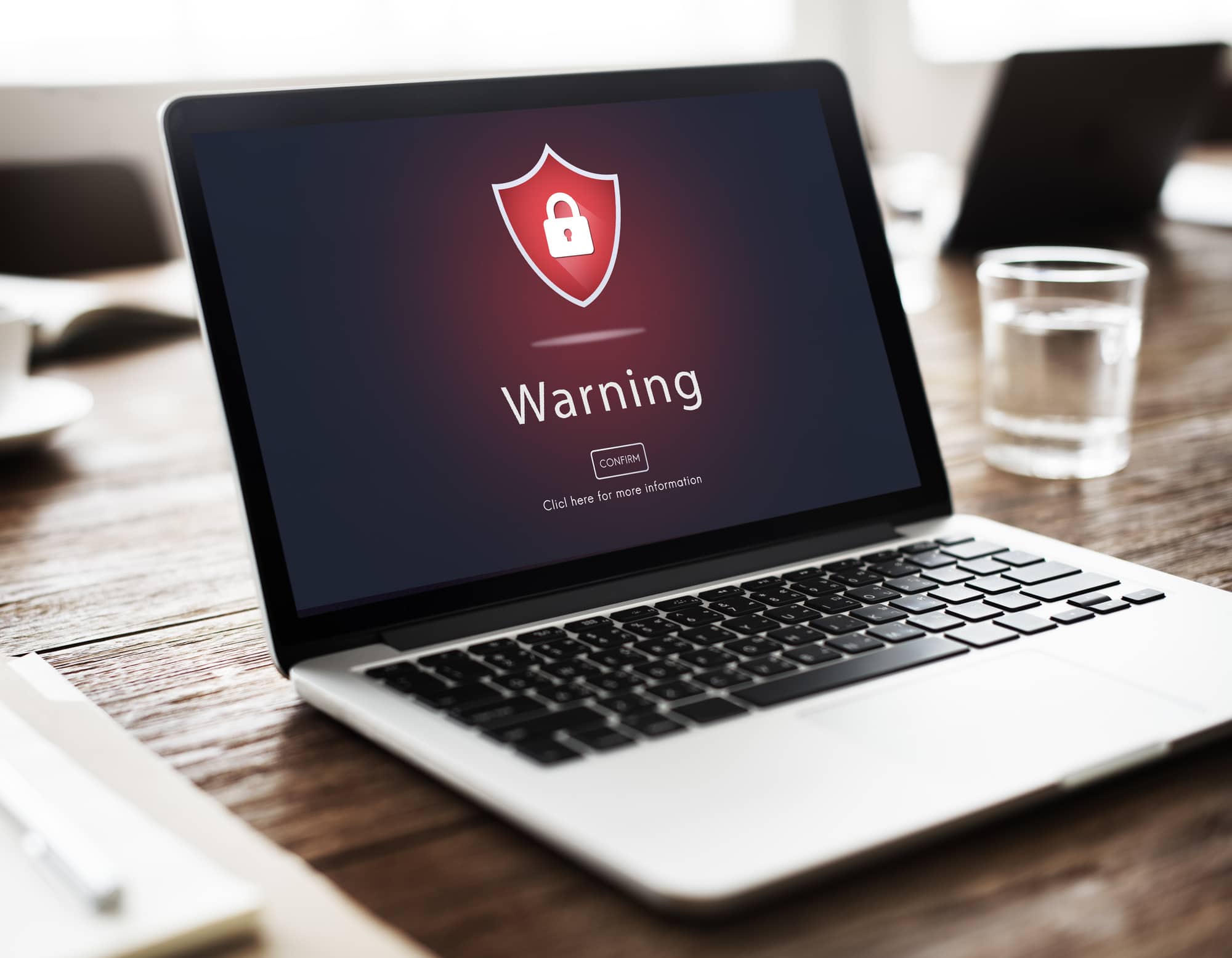A computer virus sits dormant on your computer ready to be activated. You might not know it’s even there.
But when it does it can destroy your entire network and your business reputation.
A cyber-threat report saw a rise in malware and virus attacks on small businesses throughout 2020. Spyware, rootkits, and adminware are used to breach systems, causing chaos. How can you keep your business safe from this malicious code?
This article examines different types of computer virus and offers 5 ways to identify if your computer has one.
Read on to learn about a macro and boot sector virus. Spot the signs of an infected device. Then discover how to keep your company network safe and prevent infection.
Different Types of Computer Virus
To help identify a virus you need to know the different types.
- Boot sector virus – takes control of the entire PC
- Web scripting virus – infects from a web browser
- Macro virus – Word/Excel ‘macros’
- File infector virus – affects other documents and programs
- Polymorphic virus – varies its code to avoid detection
Each virus affects a computer in different ways, from editing content to wiping the hard drive. They also spread to other computers, hence the name.
To help identify a computer virus and if it resides on your computer, we’ve outlined 5 signs below.
1. Home Page Changed
One of the main causes of computer virus infection stems from visiting a malicious website. They often change the home page of your browser and alter the default search engine.
If your search results change to Yahoo! or Google’s homepage turns to an unknown site then you need to act.
2. Blue Screen of Death
BSOD sees a PC freeze and display a warning message on a blue background.
The computer needs a restart to work again. But if this happens frequently it’s a sure sign of a virus or malware attack.
One way to prevent this is to ensure your systems are kept up-to-date. Install patches and make sure your employees do the same.
3. Antivirus Disabled
A virus wants to remain undetected for as long as possible. To do this it must disable its greatest foe – antivirus software.
If you receive an alert that your antivirus app isn’t running then take note.
The virus can easily replicate if there’s nothing to stop it. And it often disables your firewall to contaminate outside of your network.
4. Unusual Network Activity
Unusual spikes in traffic are a sign of a virus infection.
In the case of keylogging, the virus sends everything you type to its owner on a regular basis. It can also send private files which can hike your network usage.
Be on the lookout for firewall alerts, especially those to sites you don’t normally visit.
5. Slow Response Times
If your computer starts to run slowly then you might have a virus.
The malicious code can eat up precious resources like RAM and processing speed. This affects overall performance and can even crash your machine if not properly treated.
Prevent a Computer Virus With the Network Specialists
There are multiple types of computer virus and thousands of strains and all it takes is one to infect your network.
Inception Network Strategies understands the importance of securing your systems against unwanted threats. That’s why our managed IT services offer 24/7 protection and peace of mind for our clients.
We offer full support that actively works to prevent a computer virus from infecting your network. It also means you can contact us in an emergency and be certain that we’re here to help.
Talk to our team and see how we can safeguard you from malicious threats.

